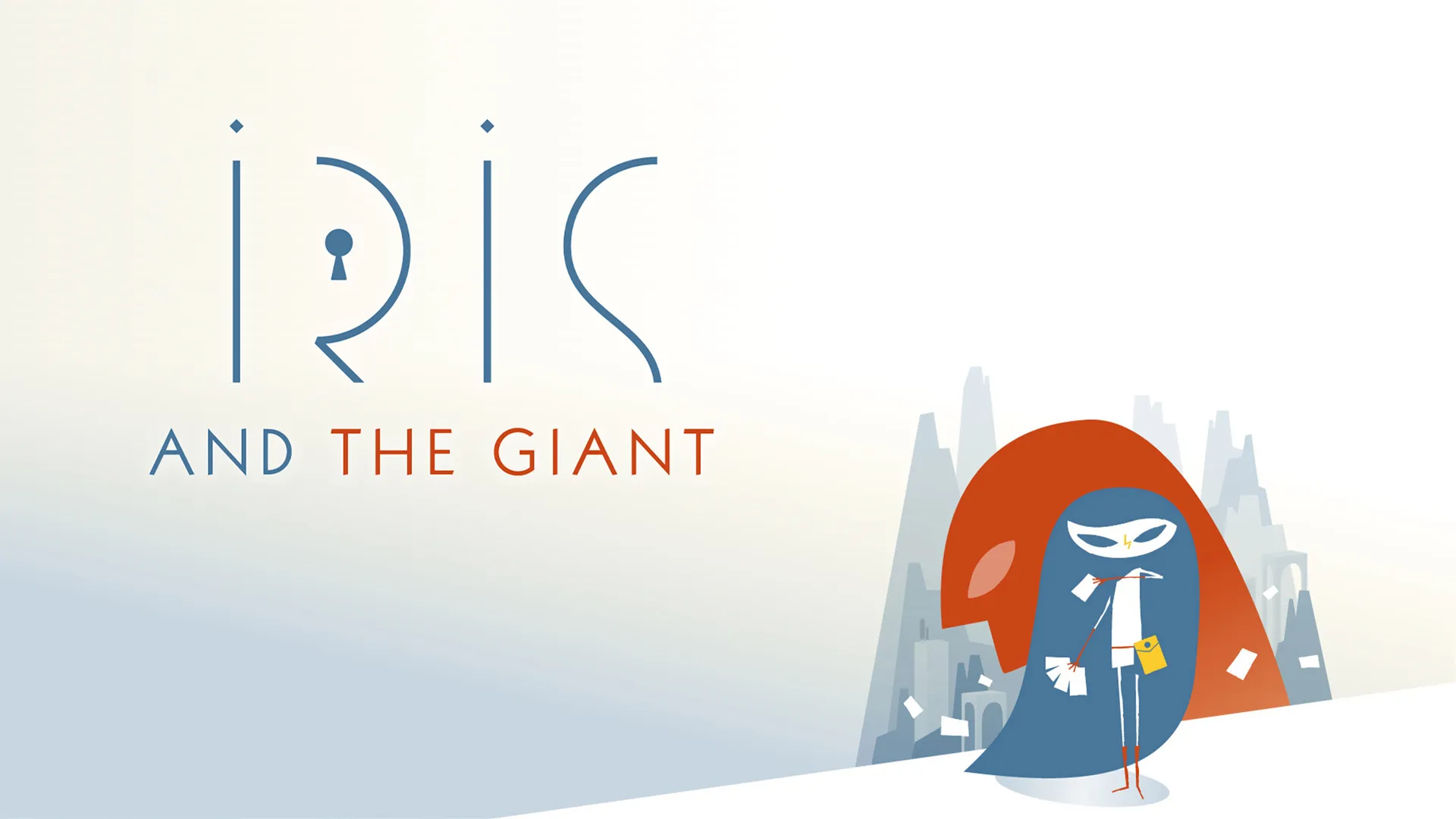Written by Paul Tyre (Thistle’Do Gaming)
Introduction
Collectable card games have always appealed to me, maybe it was the 2000’s craze of Pokemon cards, Yu-Gi-Oh or Magic the Gathering, but I have always found enjoyment in mastering a card game. I just recently finished my first full run and defeated the optional boss in Tainted Grail (which is a great game) and was in need of a new game to scratch that itch.
What is Iris and the Giant?
Iris and the Giant is a roguelike deck builder with turn based RPG-like elements on the surface, but expands into a rich story told through mini-cutscenes called “memories”, that you will collect throughout playing. The opening cutscene starts off Iris’s story, where her father is driving her to her swimming lesson. In this scene Iris reveals her feelings of anguish before leading into a story about being on a diving board with people laughing at her below. A story that begins the tale of Iris’s difficulties managing and coping with her mental health.
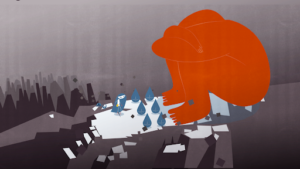
On a side note, the game appears to be routed in Greek mythology with Iris reading a book on Greek mythology in the opening scene, her name being “Iris” (in mythology – the messenger of the Olympian gods) and again furthered by the river “Styx” which in mythology is the line between Earth and the Underworld, however in-game it represents the boundary between real life and Iris’s imaginary plane of existence.
New Game
Starting up the game for the first time you are met with 3 difficulty options, one of which is locked so players wanting the “Nightmare mode” experience can take on the challenge post game. To make my experience accurate I chose to go with the “Classic Mode”, but if you want a more chilled-out playthrough, there is also an “Easy Mode” option. You are dropped into your adventure with a well laid out tutorial which makes navigating the basic mechanics of the game come with ease. In your first run you will be aiming to complete “The Path of the Giant” which is the first level of three unlockable stages.
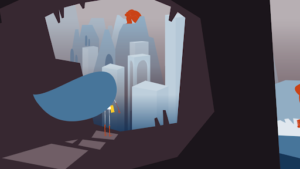
Battling
Starting with your first battle, you learn that each turn you draw 4 cards and you have to play one. You are given a range of different cards at the beginning of the game but you will acquire more along your journey. Cards are earned through several different mechanics including; Gold Chests and Stealing from your enemies. This allows you to make a custom deck on each run you complete. How many cards you hold and can play will differ along the way, depending on what abilities you choose and acquire.

As expected with any deck builder there are different types of cards for Attacking, Defending & Healing. These appear quite simple to use at first but there is a lot of balance that must be kept to avoid that “GAME OVER” screen. I suggest looking at the battlefield as a game of chess, or a puzzle that needs to be solved. As important as cards are, your “Will” is equally as important, because it is your health. You must remain vigilant of your value of Will because if your Will hits zero you will lose the game. So, if you know you may get struck by an enemy, you may want to reconsider using that attack card. This is not the only way you can lose though, because if you run out of cards to play, you also lose.
Demons
On her journey, Iris must face her demons. During your battles, enemies appear in a grid-like formation, in rows of three (at first). You must eliminate a row to fight the next set of enemies. Additionally you can select objects on the field that remain in the front row, such as crystals (which you can collect to receive a special power), chests (which hold extra cards to unlock) and a set of stairs (to progress through to the level). After defeating enemies you earn stars and stars will unlock skills in the “assert your personality” menu. This is a skill tree like feature, allowing you to build Iris to become a formidable foe during your run. Some larger enemies can drop additional magical abilities for you to collect as well. These are identifiable by the red star that appears where they once stood. These give you a choice of one enhancement that you can use to give you an edge in battle.

Challenge Rooms
The obvious path is not always the best in your adventure, and so make sure to look out for alternative routes, portals and rocks painted with the emblem of a specific attack card. These will take you to new areas where you can acquire some great cards and items for your journey. Be prepared to solve the puzzles from the portals however as you will not be allowed to take ANY damage in these trials.

GAMEOVER
Sooner or later, when you inevitably lose (ever the optimist), you will be given new cards to take into your next adventure based on the stars you earned throughout your previous run. I find this always refreshing in roguelikes as it makes you feel achieved even on a loss. You will also be able to pick out your imaginary friends and work on your skill tree earned from collecting Memories.
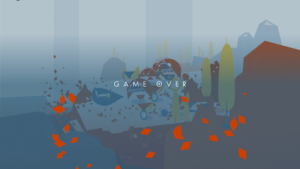
Memories
Throughout levels you may come across some Memories on the field. Many games in recent years have leaned into the theme of mental health, but Iris and the Giant does so in a powerful, yet subtle way. Never saying anything about mental health specifically, but instead exploring the difficulties that Iris has faced throughout growing up and later going into how she begins to work on healing her scars. As you find more memories and progress through the game you learn more about Iris’s experiences, furthering your want as a player to help her face her demons. As for their involvement in the game mechanics these memories can be exchanged for permanent abilities before starting your next run so they serve a wider purpose which is a nice touch.

Imaginary Friends
Throughout your journey you can unlock imaginary friends through completing challenges. Imaginary friends will each have an ability that you can take into your run and will help you on your journey. Adding challenges with unlocks that affect gameplay definitely adds to the replayability of the game and helps further your build for taking on Iris’s demons.
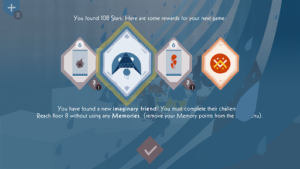
Conclusion
Iris and the Giant is a great addition to the deck builder and roguelike catalogue. It comes with a strong, yet not attention demanding story, meaning it is easy to stop playing and go back to without losing an understanding of what is going on. The likelihood is that you won’t want to stop playing though. The gameplay is solid and has a real tactical feel to it, like a game of chess. This is because each card, like a chess piece, has a specific move, hit range and movement style within the grid. As a lover of roguelikes, puzzle games and deck builders, this game hits the mark for me as a player and is a great experience to play again and again.

Iris and the Giant is much more than a card game, it is a beautiful story about overcoming one’s struggles, the story of learning and gaining strength in a battle with mental health, and a father who will try anything he can to help his daughter. The fact they were able to tell this story so well through a card game is truly amazing and Louis Rigaud should proud of what he has created.
Overall
-
CX Score - 90%90%
Summary
Pros
- Strategic and well made deck builder
- Simple yet powerful storytelling
- A huge range of optional abilities to unlock
- Replayable
Cons
- Gameplay could become repetitive

